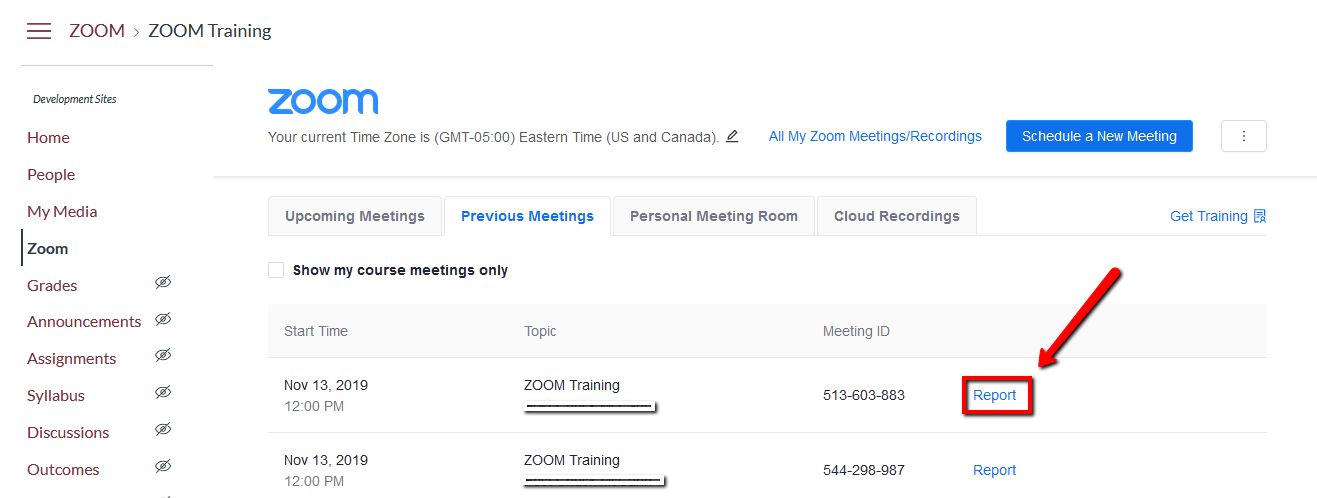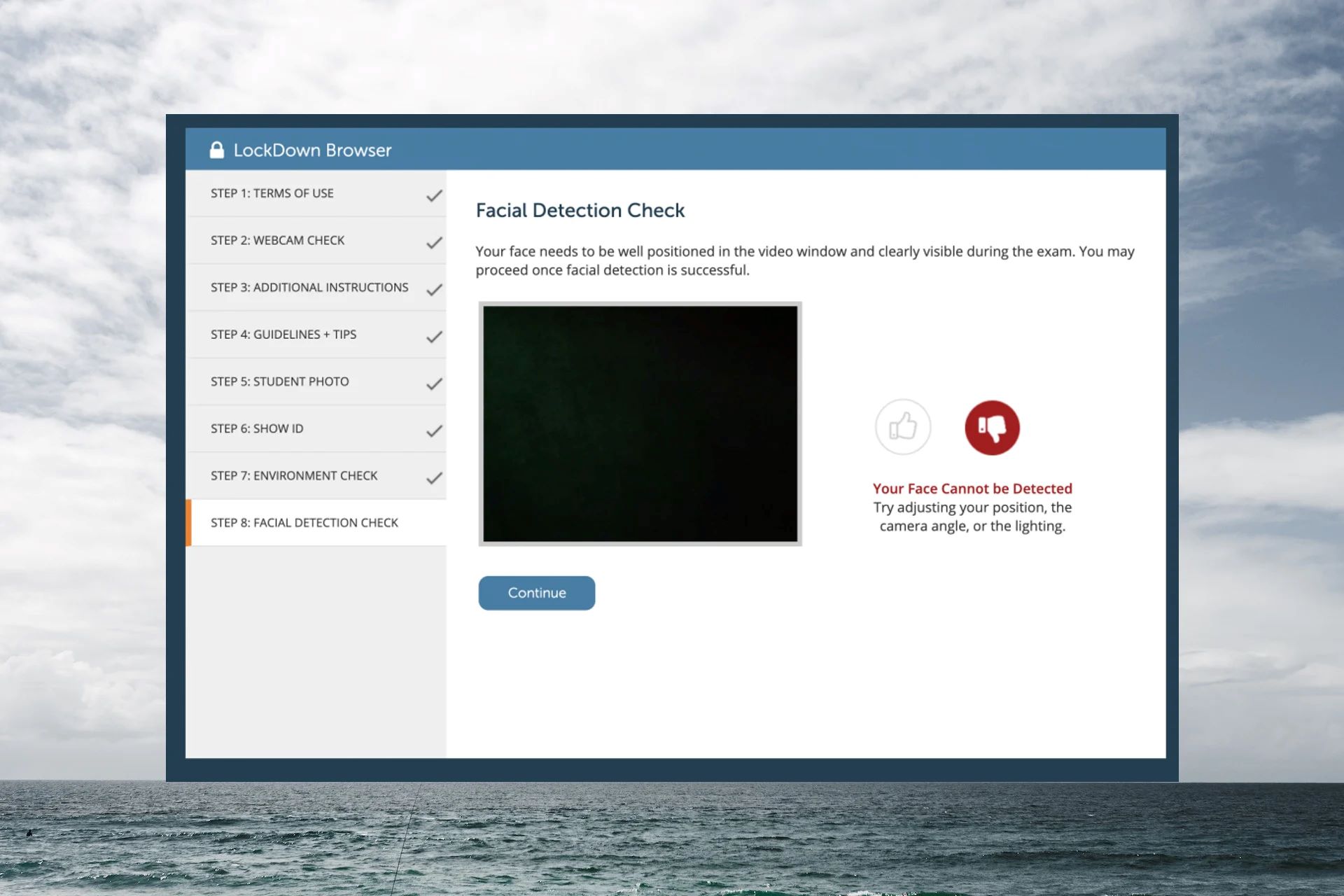Online learning is on the rise. The market for such products continues to increase as organizations realize the benefits of this technology. With so many options, how do you know which solution will suit you best? The key is understanding the must-have components that drive adoption, engagement, and results. Take banking software training as an example. This industry is very demanding of the quality of worker knowledge.
This article outlines the features you will need to evaluate platforms in 2024. Getting these core capabilities right will ensure your LMS delivers exceptional experiences for everyone involved.
What Is an LMS?
Before diving into the feature list, let’s step back and define what exactly an LMS is. So, we are talking about the software application used to deliver educational courses and content.
A learning management system is a software application used to deliver the materials. LMS platforms centralize all the control functions regarding learning. Keep in mind that not all these features may be a must for your exact case. For example, best lms for restaurants usually focuses on assessments and certifications to ensure quality control.
Key LMS capabilities include:
- LMS features comparison between platforms
- Managing LMS features and functionality
- Tracking LMS feature list and catalogs
- Enabling self-paced online learning
- Hosting instructor-led remote training
- Personalizing learning pathways
- Conducting assessments and certifications
- Analyzing top LMS features and utilization
- And more!
Best 10 Must-Have LMS Features
So, what abilities should be in the best learning management system features list? Let’s take a look at them.
1. Customizable User Roles
Flexible user permissions enable different access levels across students, educators, administrators, and other features of learning management system users. Look for role-based views, workflows, tools, and reporting tailored to each persona.
2. Management of Groups and Departments
Segment users into groups, cohorts, teams, departments, locations, and other organizational units for targeted assignments, communications, and tracking. Support varying permission policies across groups.
3. Notifications and Reminders
Automatic notifications and reminders drive engagement through nudges about new assignments, upcoming due dates, program updates, and more. Custom and scheduled messaging improves completion rates.
4. Reports and Analytics
Robust training management system features for data insights into utilization, progress, effectiveness, and ROI. Custom reports, learning heatmaps, benchmarking, and visualization tools to dissect multi-dimensional analytics.
5. Branding
White labeling and custom themes allow you to include brand elements like logos, colors, and terminology into the learner interface. Boost familiarity through branded portals.
6. Support and Customer Service
Expert support teams who intimately understand the platform should be available around the clock to troubleshoot issues, assist with administrative questions, and help optimize the technology’s utilization.
7. AI Capabilities
AI-driven functionality and different types of LMS can include automated recommendations, thoughtful assignments, customized feedback, and predictive insights. Look for a balance between human and intelligent technology.
8. Course Creation Tools
Intuitive authoring tools empower administrators and subject matter experts to build custom eLearning content without heavy IT oversight. Creating and updating courses should be simple drag-and-drop.
9. Mobile Accessibility
Ensure learners can view the needed materials as well as engage with notifications and reminders on the go with well-designed mobile apps. Mobile drives consumption for today’s distributed workforces.
10. Multilingual Interface
Support global and diverse audiences through multilingual navigation, courses, assessments, and communities. Localized experiences better resonate across regions and cultures.
What Makes a User-Friendly Interface in an LMS?
Beyond core LMS LMS reporting features, consider the importance of user experience and interface design. The look, feel, and ease of navigating a platform dramatically impact utilization.
Characteristics of user-friendly LMS interfaces include:
- Intuitive navigation and workflows
- Modern and visually appealing dashboards
- Contextual help guides and tooltips
- Accessibility compliance
- Responsively designed for mobile devices
- Consistent layouts and terminology
Prioritizing the experience pays dividends in participation levels and growth.
How Does AI Enhance the Learning Experience in an LMS?
Artificial intelligence affords immense opportunities to customize, streamline, and optimize learning. AI capabilities that boost LMS impact include:
Smart recommendations – Algorithmically suggest specific learning paths, courses, and supplemental resources tailored to each learner’s interests and proficiency gaps.
Adaptive assessments – Tailor question difficulty and topic focus in real-time during assessments to pinpoint accurate mastery levels.
Predictive analytics – Identify usage trends to model learner retention, estimate program results, and preemptively engage at-risk students showing drop-off signals.
Automated scoring – Instantly grade test performance to accelerate feedback and reduce manual oversight.
Conversational agents – Door-powered chatbots make information instantly accessible to learners in natural language over text or voice.
The right blend of AI and human interaction lifts LMS solutions to the next level. Emerging innovations offer even more innovative functionality on the horizon.
Why is Mobile Accessibility Important for Modern LMS Platforms?
The era of desktop-first software is over. Mobile is now the primary interface for most software systems across age groups—and learning management is no exception.
Consider that people spend 87% of their internet time on mobile devices. Learners desire bite-sized learning on the go through phones and tablets. A mobile-centric design is necessary for modern platforms, as it helps reach today’s professionals.
Specific advantages of mobile-friendly solutions include:
- Increased engagement – Fits growing preference for mobile-first interfaces
- Higher completion – Enables learning during pockets of downtime
- Geolocation reminders – Prompts based on presence in specific locations
- Offline access – Downloads content for areas with limited connectivity
- Responsive UX – Flexibly resizes on all device types and orientations
Without genuine mobile accessibility, LMS platforms face adoption challenges as users increasingly live their digital lives on phones.
Closing Recommendations
In 2024, prioritizing custom roles, segmentation, automation, mobility, analytics, and learner-centric design sets your organization up for success. As legacy systems show their age, purpose-built cloud platforms offer a significant competitive edge.
Choosing the right partner can elevate strategic workforce and customer education initiatives in the years ahead.

























